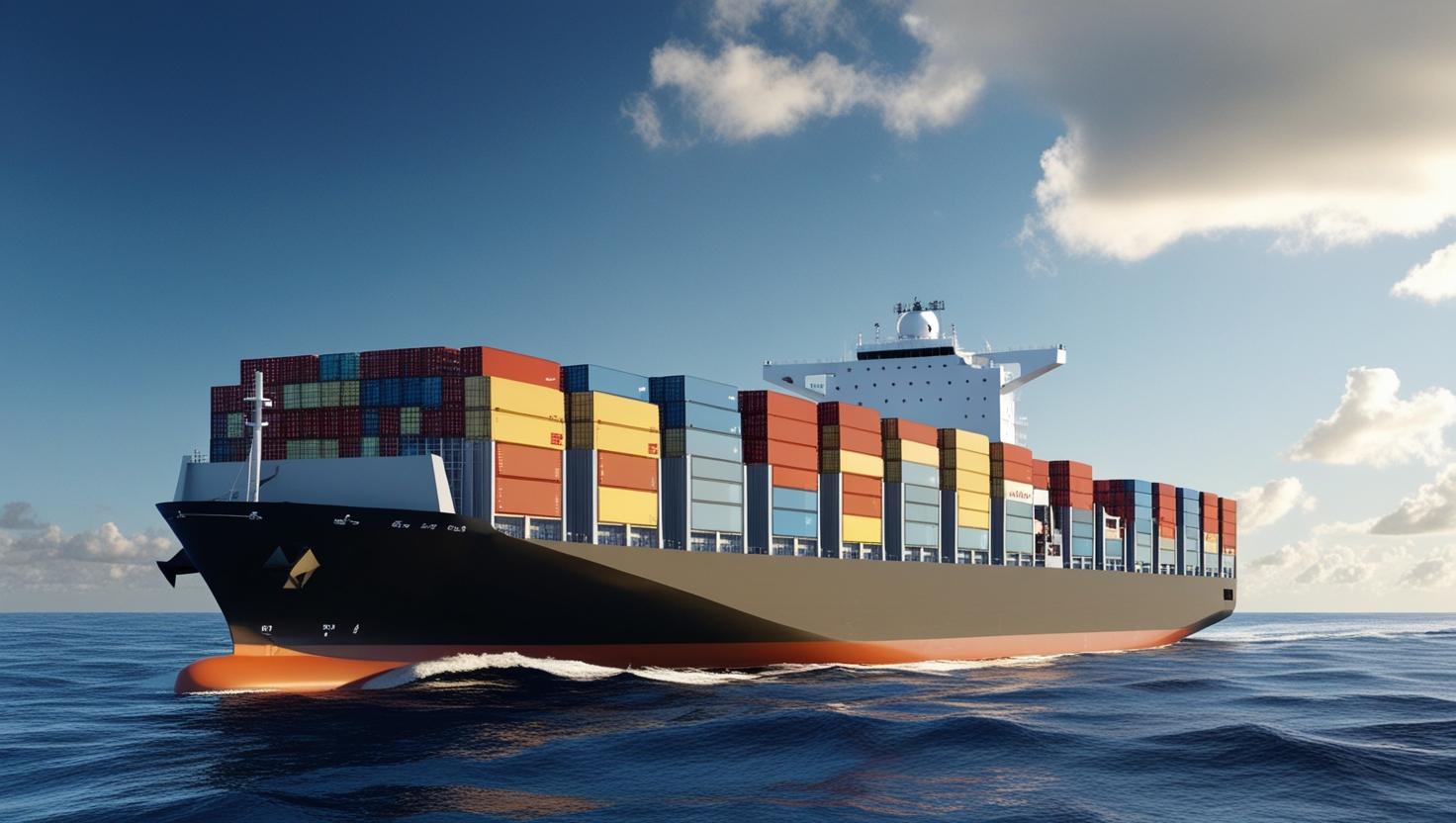
India's diverse geography and infrastructure present unique challenges for last-mile delivery. Choosing the right local courier is crucial. Consider factors like reach, reliability, cost, and specialized services (e.g., temperature-controlled transport).
Key Terms: Hyperlocal delivery, Reverse logistics, Cash on Delivery (COD), Serviceable Area Pincodes (SAP)
Insider Tip: Negotiate rates based on volume and frequency. Build relationships with multiple local couriers to mitigate risks and ensure broader coverage
Case Study: A small e-commerce business in Jaipur reduced shipping costs by 15% by switching to a local courier specializing in Rajasthan, Haryana, and Delhi regions. They also improved delivery times by an average of 24 hours.
The optimal shipping mode depends on your cargo's characteristics, urgency, and budget. Air freight is fastest but most expensive , ideal for high-value, time-sensitive goods. Sea freight is cost-effective for large volumes and non-urgent shipments. Rail freight offers a balance between speed and cost, particularly for domestic transport.
Key Terms: LCL (Less than Container Load), FCL (Full Container Load), Incoterms, Bill of Lading, Demurrage
Insider Tip: Factor in port congestion and customs clearance delays when planning sea shipments. Explore multimodal transport options (e.g., sea-rail) to optimize cost and transit time.
Case Study: An automotive component manufacturer reduced shipping costs by 20% by switching from air to rail for inter-city transport of non-critical parts, without significantly impacting production schedules.
Technology plays a vital role in streamlining shipping operations. Shipping aggregators offer multi-carrier rate comparisons and automated booking. Transportation Management Systems (TMS) provide end-to-end visibility and control. Warehouse Management Systems (WMS) optimize inventory management and order fulfillment.
Key Terms: API integration, Real-time tracking, Freight audit, Shipping Insurance
Insider Tip: Invest in API integrations to connect your e-commerce platform, TMS, and WMS for seamless data flow and automation
Case Study: A fashion retailer improved order fulfillment accuracy by 30% and reduced shipping errors by 25% by implementing a WMS and integrating it with their online store.
Navigating the complexities of India-China trade requires a deep understanding of customs regulations, documentation requirements, and trade agreements. Engage with experienced freight forwarders who specialize in this corridor. Ensure compliance with all import/export regulations. Optimize your supply chain for cost-effectiveness and efficiency.
Key Terms: Customs Broker, Certificate of Origin, Duty Drawback, HS Code
Insider Tip: Stay updated on changes to trade policies and regulations. Participate in trade missions and industry events to build relationships and gain insights.
Case Study: An electronics importer reduced customs clearance delays by 40% by partnering with a customs broker with a strong track record and expertise in handling India-China trade shipments.
Strategic warehouse locations can significantly reduce shipping costs and improve delivery times. Consider proximity to key markets, transportation hubs, and suppliers. Optimize warehouse layout and processes for efficient storage and retrieval. Implement inventory management best practices to minimize holding costs
Key Terms: 3PL (Third-Party Logistics), Cross-docking, Inventory Turnover, SKU (Stock Keeping Unit)
Insider Tip: Explore shared warehousing options to reduce capital expenditure and operational costs. Consider investing in automation technologies to improve warehouse efficiency.
Case Study: A FMCG company reduced transportation costs by 18% and improved delivery times by 2 days by establishing regional distribution centers in key markets.
Real-time tracking and proactive management are essential for ensuring on-time delivery and customer satisfaction. Implement a robust tracking system that provides end-to-end visibility. Monitor shipments closely and proactively address any potential delays or issues. Communicate effectively with customers and keep them informed of shipment status.
Key Terms: EDI (Electronic Data Interchange), Proof of Delivery (POD), Exception Management, Last Mile Tracking
Insider Tip: Use data analytics to identify trends and patterns in shipping performance. Implement proactive alerts to notify you of potential delays or exceptions.
Case Study: An online pharmacy improved customer satisfaction scores by 20% by implementing a real-time tracking system and proactively communicating shipment status updates to customers.
By strategically rethinking your shipping processes, leveraging technology, and staying informed of industry best practices, you can significantly improve efficiency, reduce costs, and enhance customer satisfaction in the dynamic Indian market. Regularly evaluate and adapt your strategy to stay ahead of the curve.